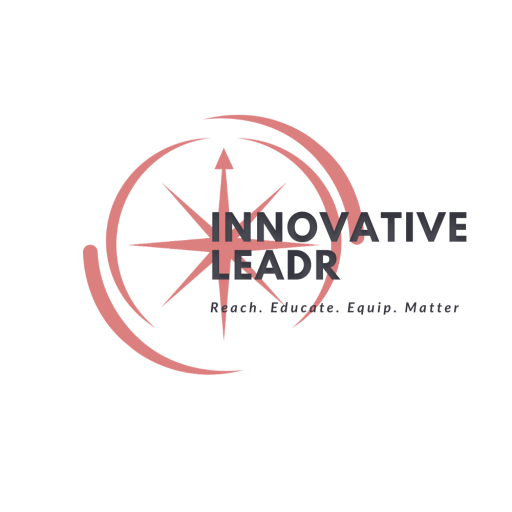By: Drew Polly
Labels and categories are everywhere in America. The fad has spilled over into education with the labels “low”, “medium”, and “high” or other common labels as we talk about data, student performance, and differentiating instruction. Some may wonder, “why does it matter how I talk about or refer to my students in PLCs or planning?” or they may comment, “I am referring to their data not themselves as people.” Regardless labels and categories are crippling to even talk about and there is a need to change the way we talk (and think) about our students. Students sense their academic ability compared to their peers and we need to avoid any potential stigmas based on academic performance.
Suzette (pseudonym) was a fourth grader in my class during my second year of teaching 20 years ago. She was curious about all things related to make up, fashion, culture, and shopping. She would fight for equity, fairness, and was loyal to all of her classmates. Suzette, though, was currently working on first grade reading concepts and first and second grade mathematics concepts. Through the processes and systems of social promotion, whole group balanced literacy, and district commitments to whole class mathematics teaching Suzette was not yet able to do things that her peers and classmates could. I knew from Day 1 of the year that Suzette needed more than the typical “core” teaching that my district was focused on. The concepts of MTSS and RTI were foreign to me, but I knew in my heart that there was a need for me to break the mold and do something different. So I did.
To my entire class in math, I posed more open-ended tasks. Everyone had access to manipulatives, graph paper, and lined paper and was graded by how they represented and set up problems, wrote equations, and their answer. Students solved tasks and showed their work in ways that made sense to them. For those students like Suzette who were still working on concepts from previous grade levels there was no stigma of being pulled with similar ability students or being the only students using certain manipulatives or doing certain activities. When I posed tasks whole group students worked in mixed ability pairs and groups of three. When I pulled small groups students the groupings were not ability grouped but represented a range of learners.
When I was teaching with division with remainders students explored this task, “There are 82 students in 4th grade. They are put in groups of 6 on the field trip. The remaining students are added one at a time to different groups. How many groups have 7 students?” Students used base ten blocks and pictures to set the problem up. Eventually students wrote an equation and found the answer to the task. Suzette worked with a partner to make the set of 82 using base ten blocks and start to divided the blocks into 6 equal groups. She could access the task and contributed to the partnership.
For students like Suzette there was still a need to support her learning with concepts from previous grade levels. In addition to exploring grade level content, there was also time during the core math block for her to work with peers, an instructional assistant or myself on math games and activities to support her learning. During this time, all students were playing math games and activities in groups. Again, there was no stigma that she and her peers were doing “different” activities. Suzette’s academic needs were being met without the label or the stigma that she was different.
Strategies to help avoid the stigma:
- Whole class math tasks should be low-floor, high-ceiling tasks that allow all learners to have access to them. For more information check out this article and tasks here from YouCubed.
- When teaching small groups look for opportunities and ways to avoid grouping by performance and instead teach a range of learners. While at times it is appropriate to work with specific students on their specific needs there are plenty of opportunities for learners with differing data to participate in the same small group. This includes small group lessons on new content.
- Plan for opportunities and reflect on opportunities for ALL students to engage in mathematics. Check out this blog post from my friend Kaneka Turner about this idea.
Look for ways to get more time into your math block for problem solving and exploration. Here is a lesson framework to consider.
Contact Drew: @drewpolly on twitter

